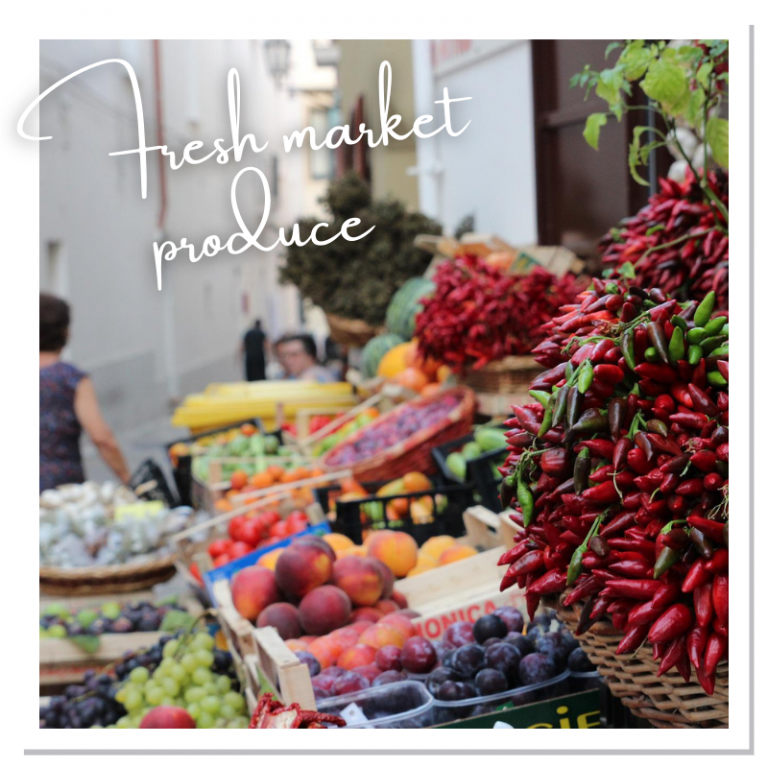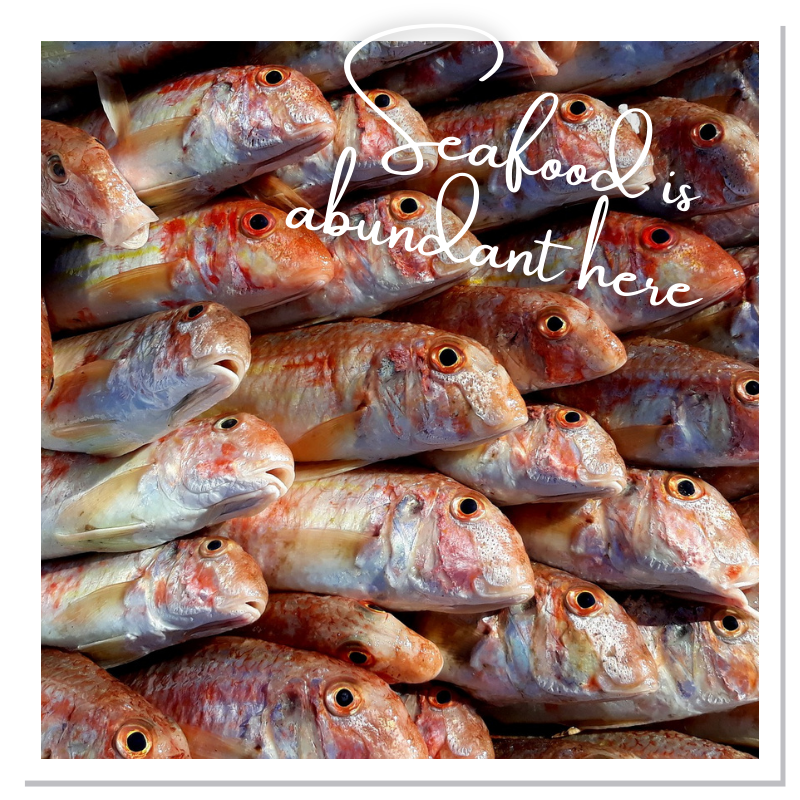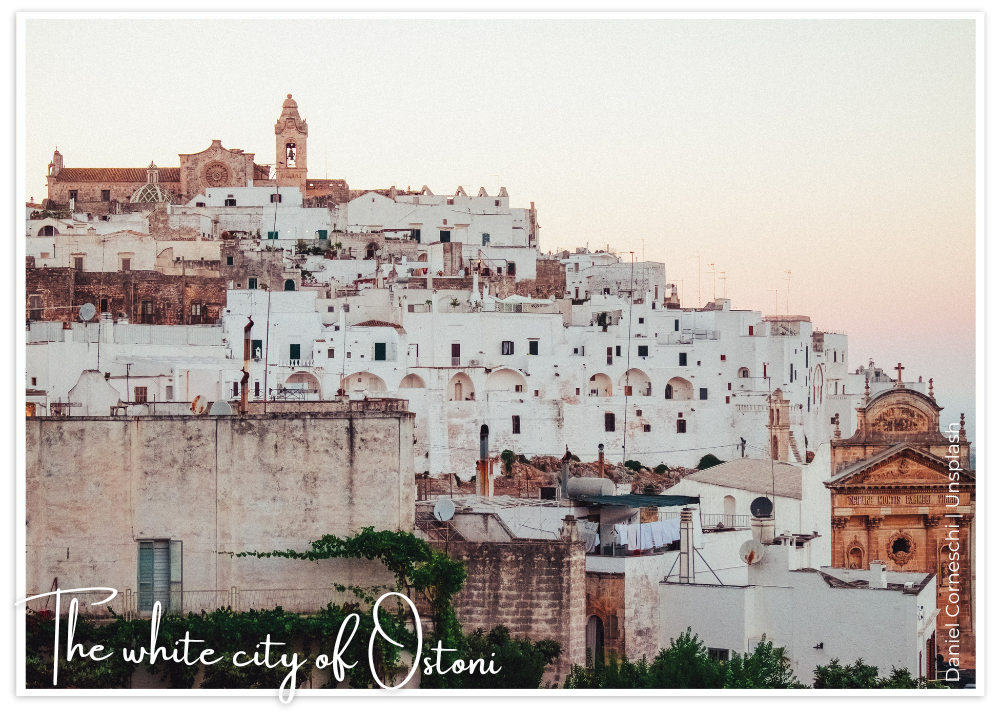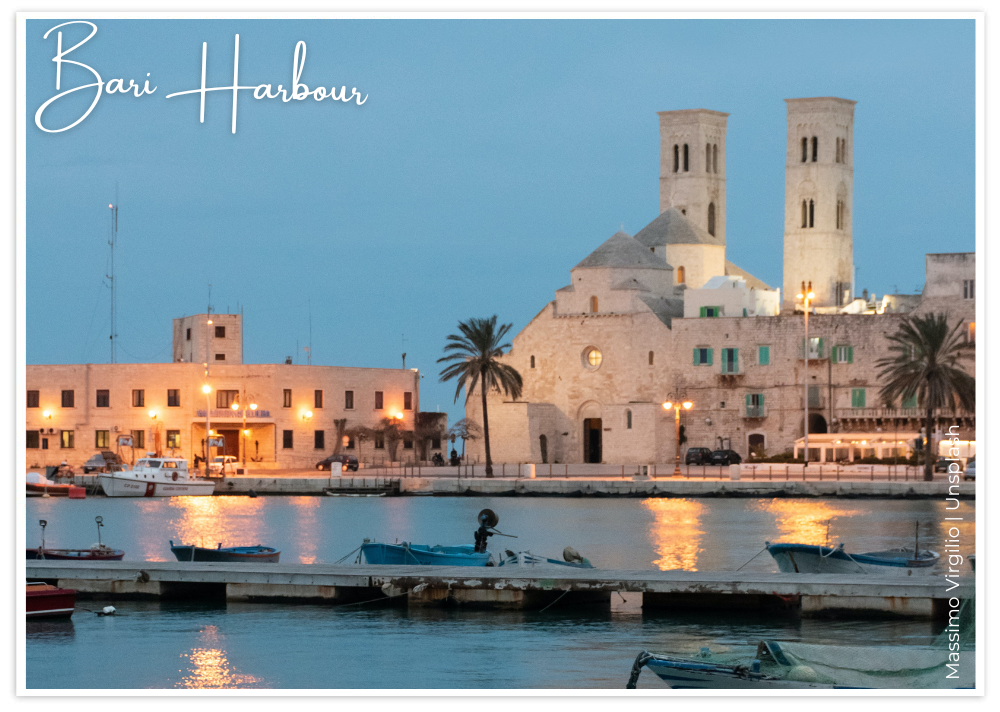Get to know Puglia, Italy
Get to know Puglia, Italy
What's it all about?
The heel of Italy’s boot Puglia is an Italian region boasting the country’s longest coastline. Greek, Spanish and Turkish cultures have ruled this sun-drenched but strategic peninsula. Stop here for astoundingly beautiful whitewashed towns, pristine beaches lapped by azure seas and a rural heartland peppered with olive groves and vineyards.
This is a feature from Issue 11 of Charitable Traveller. Click to read more from this issue.

Epic epicurean delights
Puglia has always been an agricultural region, producing around 40% of Italy’s olive oil and a large proportion of its wine, along with seafood, meat (especially lamb), dairy (burrata is its most famous cheese), and durum wheat. The region’s signature pasta is orecchiette (meaning little ears) and is often served with wild broccoli. Local foods to try include focaccia barese, baked with cherry tomatoes, olives, and oregano, and taralli, crunchy rings of baked dough most often flavoured with fennel and eaten like crisps, with a glass of wine or beer, Popular dishes include spaghetti with sea urchin and tiella, a baked dish of tomatoes, potatoes, rice, and mussels.

Seaside Moments
Bordered by the Ionian and the Adriatic, Puglia has plenty of beaches. Pescoluse is dubbed the Maldives of Italy, thanks to its fine white sand. Baia dei Turchi is where Turkish soldiers landed to battle in the 15th century, now a tranquil cove backed by pine trees. Zeus Beach has cabanas of fluttering linen and Prosecco=bearing waiters.
Wild nature
The spur of Italy’s boot, Gargano National Park spikes into the Adriatic Sea and has a rugged mountainous interior, smothered in forests of aromatic pine as well as giant beeches, oaks, and chestnuts. The coast has pristine lagoons, dunes, beaches, and cliffs, accessed via rough trails. Off the coast are the tranquil Tremiti Islands, where clear water teems with marine life. The Sentiero Airone nature reserve is home to Europe’s largest colony of pink flamingos, which can also be spotted strutting the salt pans of Margherita di Savoia. Inland, Alta Murgia National Park is located on a high limestone plateau, where arid grasslands are dotted with wild orchids.
The Castellana Caves are a karst cave system 3,343 metres long and 222 metres deep - an ethereal labyrinth with stalagmite and stalactite formations and gleaming alabaster caverns.
City stars
Puglia’s entry points are the capital Bari and Brindisi. Bari is a university city with a bustling harbour where you can see prawns, sea urchins, and octopus being hauled in. In its old town, narrow streets wind between houses of worn white stone and faded pastel, and families dry trays of orecchiette pasta outside their front doors. Smaller Brindisi has Roman remains and a pleasant palm-lined seafront promenade. Don’t miss the labyrinthine hilltop town of Ostuni, a whitewashed crown topping the olive-smothered Valle d’Itria. Polignano a Mare tops limestone bluffs on the Adriatic coast, its winding cream streets packed with aperitivo bars and its famous cliff-hugged beach





Trulli magic houses
Synonymous with Puglia is its Trulli. These simple, petite, whitewashed houses are topped with a conical roof tiled in grey stone dating back to the 16th century, reportedly built to avoid taxes. Alberobello is famous for its proliferation of Trulli and has a fairytale skyline of tee-pee-topped homes, but they are found across the Itria Valley, in Locorotondo, Cisterno, and Martina Franca.
And another thing...
Don’t miss these historic monuments…
Lecce’s Roman Ruins
The incredibly well-preserved Roman amphitheatre in Lecce sits in the city’s central piazza, offering a window into ancient times.
Castel Del Monte
This pale citadel sits on a spectacular hilltop. Built by a Roman Emperor, it’s shaped like an octagon with eight octagonal towers, hewn from limestone, white marble and coral breccia.
Ancient Gallipoli
The 13th-century Castello Angioino di Gallipoli is part of the fortified walls of its Old Town. You can walk around the old city walls, lapped by the Ionian sea.
This is a feature from Issue 11 of Charitable Traveller. Click to read more from this issue.

















 by net effect
by net effect